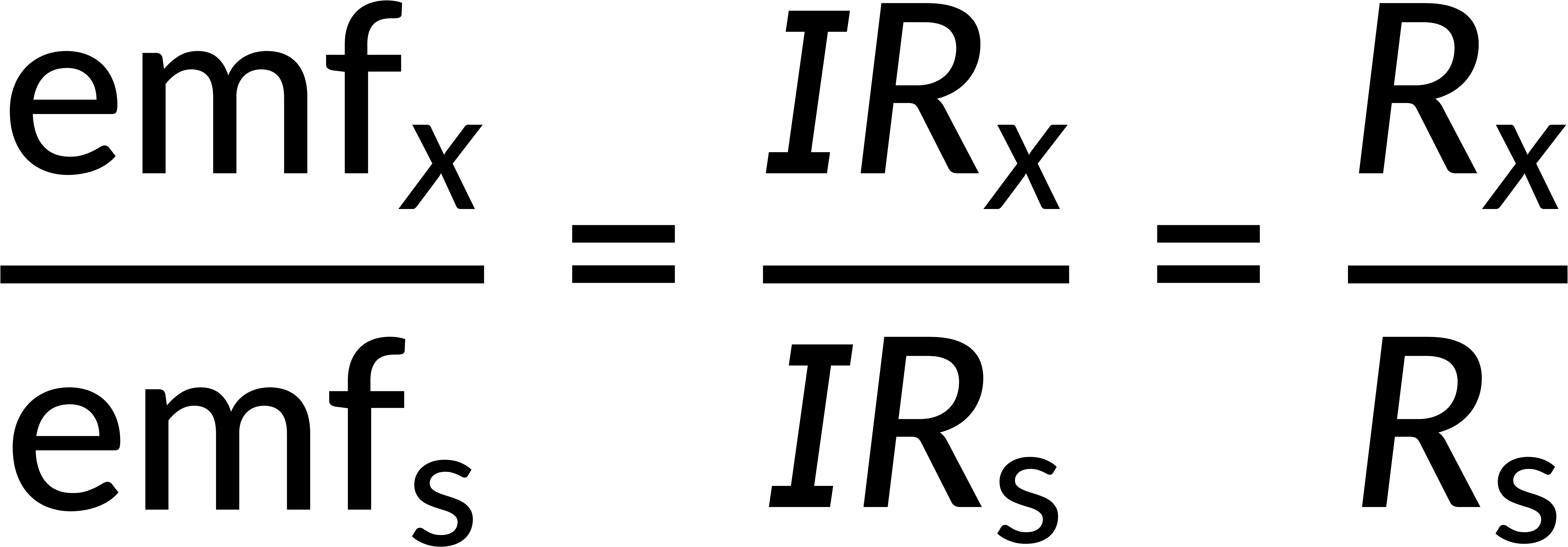27.12: Potentiometer
Voltage and current measurements using a standard voltmeter and ammeter alter the circuit being measured either by drawing or resisting the current flow, which introduces uncertainties in the measurements. Null measurements balance the voltages so that no current flows through the measuring device and, therefore, no alterations occur in the measured circuit.
Suppose the emf of a battery needs to be measured. If the battery is directly connected to a standard voltmeter, the measured quantity is the battery's terminal voltage. To accurately measure the emf, the internal resistance should be known, or the current could be made zero. However, standard voltmeters require current to operate; thus, an alternate technique is required.
A potentiometer is a null measurement device used for measuring unknown potentials more accurately than voltmeters. It consists of a voltage source connected to a long, uniform resistive wire of constantan or magnum. The battery maintains a constant current flow and a consistent potential gradient across the wire length. A rheostat is used to regulate the current across the wire. The unknown emf source is connected in series with a galvanometer and a jockey. A variable potential drop can be obtained across the wire by moving the contact to different points. In a balanced condition, the galvanometer shows zero deflection. This length is noted, and it corresponds to Rx. Next, the unknown source is replaced by a standard emf source, and the contact point is again adjusted to obtain zero deflection. This balanced length corresponds to Rs.
In both cases, as no current passes through the galvanometer, the current through the wire is the same. The ratio of the two relations gives the expression of unknown emf in terms of the resistances of the wire segments.

With the measured resistance values, the unknown emf can be calculated. The potentiometer can also be used to measure the internal resistance of a cell or to compare the emfs of two voltage sources.


